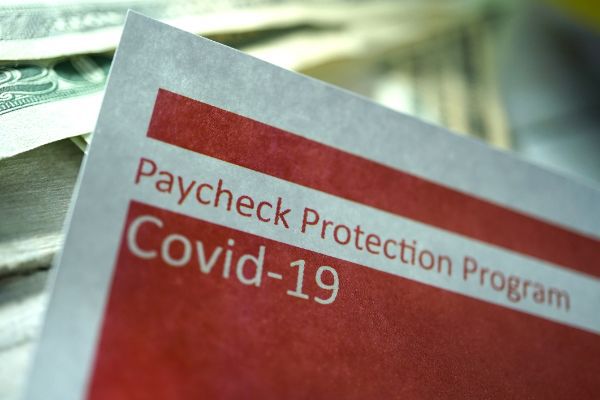The COVID-19 public health emergency has affected every aspect of our lives. In particular, small business owners have struggled to stay afloat. On March 27, 2020, President Trump signed the CARES Act into law, provides several avenues for financial assistance. One program under the CARES Act is called the Paycheck Protection Program.
The Purpose of Paycheck Protection Program
Small businesses employ more than 58 million people in the United States. To lessen the economic impact of the coronavirus pandemic, it was necessary to find a way to help companies maintain or quickly re-employ their workforce.
The Payroll Protection Program (the PPP) gives small businesses some of the resources they need. In the long run, helping people stay employed may provide a boost to the entire U. S. economy.
As long as the borrower uses the money for payroll and other qualified expenses, the entire loan amount may be forgiven.
Eligibility for the Paycheck Protection Program
Not everyone qualifies for this program. The following businesses with 500 or fewer employees may be eligible:
- Small businesses
- Nonprofits
- Veterans organizations
- Tribal concerns
- Self-employed individuals
- Sole proprietorships
- Independent contractors
However, companies based in specific industries might qualify even if they have more than 500 employees.
The PPP Flexibility Act
The speed at which the government rolled out the Paycheck Protection Program naturally led to some issues. To address these issues and other concerns expressed by business owners, President Trump signed the Paycheck Protection Program Flexibility Act (PPPFA) on June 5, 2020.
Changes to the program include:
- Lowering the amount of the loan used for payroll from 75% to 60%
- Extending the time period to use the funds from 8 to 24 weeks
- Adjusted the deadline to rehire workers from June 30 to December 31, 2020
- Allowing companies more rehiring options
- Extending the repayment term from two years to five years
Under both the PPP and PPFA, the Small Business Administration has the authority to audit PPP loans. However, the sheer volume of applications and loans could prevent them from doing so.
Loan Forgiveness and the Paycheck Protection Program Forgiveness
One of the final stages of this program involves loan forgiveness. PPPFA offered businesses a little breathing room when it comes to filing their loan forgiveness paperwork. The “Covered Period” – the time in which the business must use the PPP funds – is as follows:
24-weeks beginning on the PPP Loan Disbursement Date
OR
8 weeks (56 days) if the borrower received its PPP loan before June 5.
Companies can complete either PPP Loan Forgiveness Application Form 3508EZ or the Loan Forgiveness Application Revised June 16, 2020. The borrower then submits the form to the lender who handled the PPP loan.
Call to Discuss Your Legal Needs
If you are interested in the matters discussed in this blog, be sure to call us for a free consultation or leave a comment.
At the Dailey Law Firm, P.C., our team of skilled lawyers and professionals provide sound and current legal representation that you need. Call us at 844-342-5353 to set up a free consultation or use the Contact Form on our website. There’s no fee for personal injury cases unless we win.
We represent clients throughout the entire United States. You can reach us online or visit one of our offices in Detroit, Michigan; Chicago, Illinois; or Valparaiso, Indiana.

